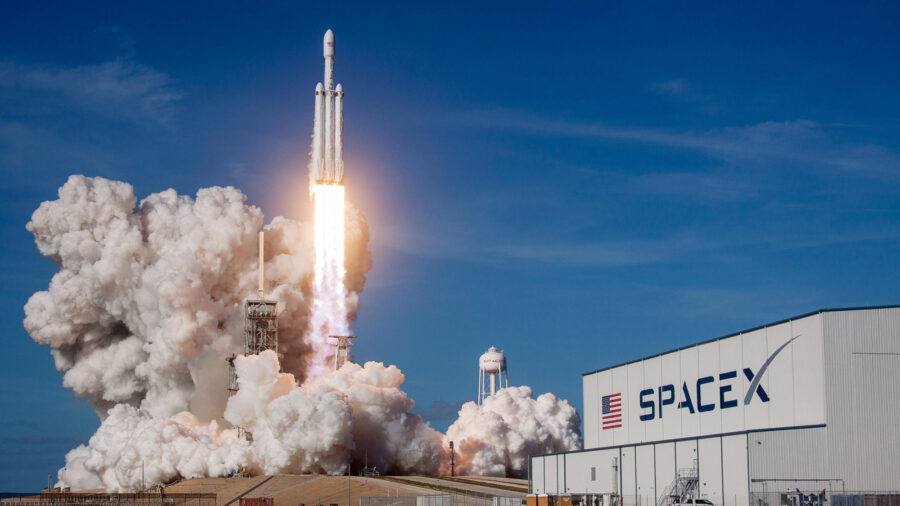SpaceX Launch Covers Whole City In Debris And Residents Are Furious
The recent SpaceX Starship launch failure caused an unknown amount of unforeseen environmental damage to the surrounding area and damage to the town of Port Isabel, Texas.

Deep space exploration has been the topic of fictional movies and franchises like Star Trek and Star Wars for generations. Although it is becoming more of a reality, companies often have overlooked the negative impacts of these endeavors in favor of expediency and spectacle. According to an article from The New York Times, the recent SpaceX Starship launch failure caused an unknown amount of unforeseen environmental damage to the surrounding area, including the city of Port Isabel, Texas.
Resident Sharon Almaguer called it “truly terrifying” and “on a completely different level” from previous launches from Elon Musk‘s SpaceX launchpad in Boca Chica, and expressed the sentiment that “the locals here are just being sacrificed.” Valerie Bates, a spokeswoman for the city, described a cloud of “thick, granular, sand grain that just landed on everything,” while local fitness gym owner Luis Alanas described the rumbling as equivalent to a “mini earthquake.”
Louis Balderas, the founder of LabPadre, which films SpaceX launches, described “bowling ball-sized pieces of concrete” and a large crater in the Earth that resulted from the launch.
Eric Roesch, an expert in environmental compliance and risk assessment who runs the environmental policy blog ESG Hound noted that the presence of the dust indicates that the “impact modeling was inadequate” and said he believed the dust and debris came largely from a giant crater formed during the rocket’s liftoff. He also believes that SpaceX failed to implement the common practice of engineering a trench or water system to dampen the impact of the rocket’s flame from the ground.
Roesch and others had long warned of the environmental risks to the surrounding region, and the Federal Aviation Administration had delayed Starship’s launch in order to look into the impact that a Starship launch would have on the environment. The FAA eventually gave SpaceX approval and found that the launch wouldn’t significantly impact the environment. However, the dust cloud that rained down on Port Isabel may prove them wrong.
The controversy comes from the first orbital launch attempt of SpaceX’s Starship on April 21, 2023. The launch was not successful, and the Starship rocket exploded before making it into orbit. This is not the first setback that SpaceX has faced: In 2015, a SpaceX Falcon 9 rocket also exploded shortly after liftoff, which subsequently destroyed a cargo ship bound for the International Space Station.

Founded in 2002 by controversial billionaire Elon Musk, SpaceX has quickly become one of the most visible and ambitious players in the industry of private space exploration. The company launched the first privately-funded rocket to reach orbit in 2008 and the first privately-funded spacecraft to dock with the International Space Station in 2012. The company certainly has ambitious plans: they’ve faced criticism over their Starlink internet service plans, which require the launch of thousands of satellites into orbit that could have a negative impact on astronomical research and the environment.
The Starship spacecraft is meant to be able to transport cargo and passengers into deep space. Standing 400 feet tall, it is an ambitious project meant to propel private space exploration to the forefront of the field. Some experts are seeing the launch as a partial success despite the explosion, but as the enterprising company continues to set its eyes on the stars, it is important to note not to leave behind the very real environmental impacts for those still at home on Earth.












